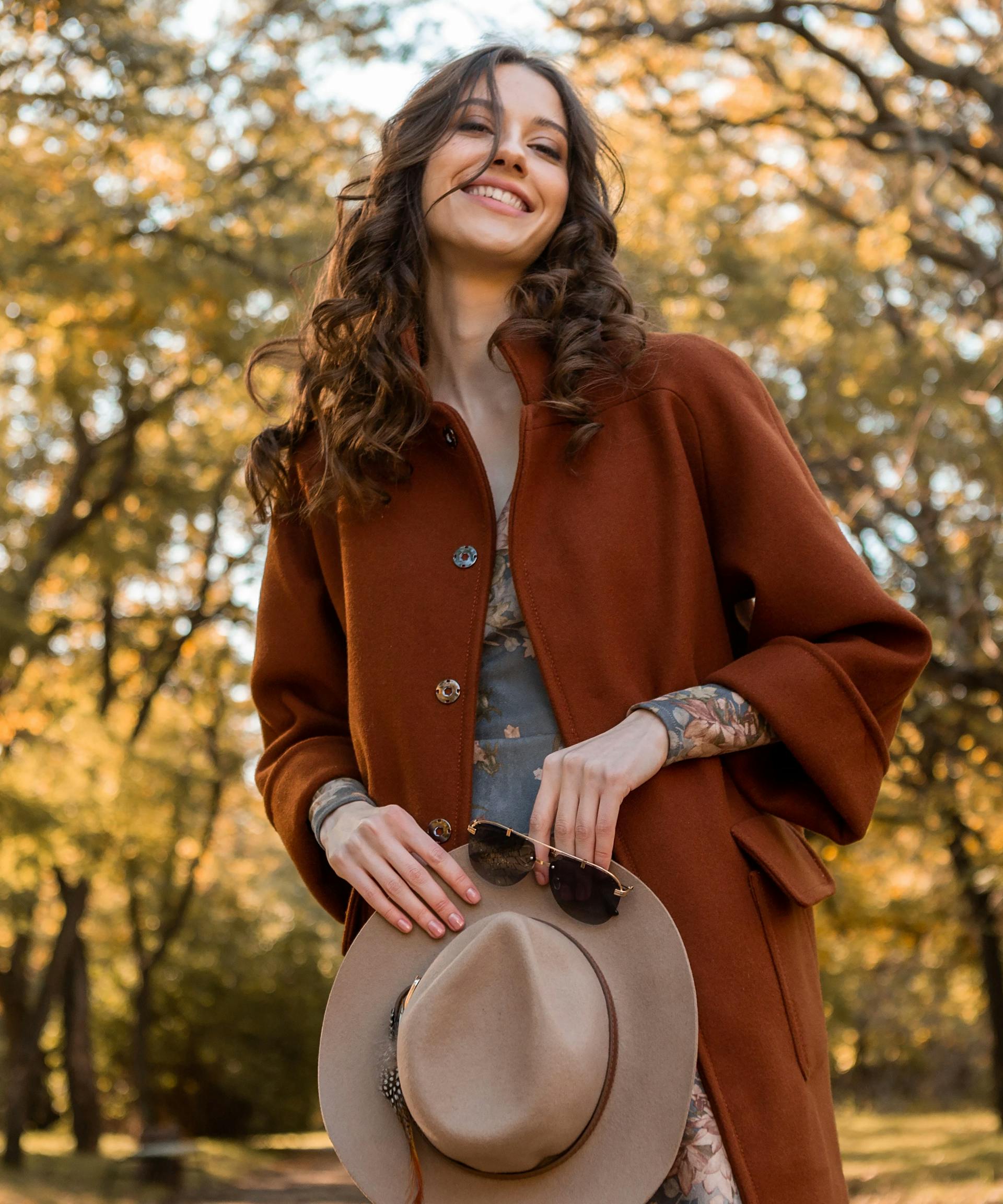6 Easy Steps To Building A Seasonal Wardrobe You'll Actually Use (And Love)
Have you ever dreamed of reaching into your closet, choosing any combination of items, and building an outfit with ease?

Choosing what to wear can be the best part of your day or the worst part of your day. There’s nothing like the glow of confidence from an outfit that just suits you perfectly. But other times, everything just seems to fall flat.
You can circumvent the highs and lows of choosing an outfit by building a seasonal wardrobe. The goal of a seasonal wardrobe is to only own pieces that you truly love. It’s composed of both staple items and trendier pieces. There’s no limit to the number of items your seasonal wardrobe can have, as long as you love and wear everything!
1. Pack Away What You Don’t Need
When building a wardrobe, the first step should always be to take inventory of what you already have. It’s a waste of time and money to buy too many multiples of the same thing. And you’d be surprised at the goodies you’ll find while rummaging through your closet!
A great time to take inventory is just before a change of season. Go through your closet and sort your clothes into three categories: items to keep, items to put away, and items to donate/throw away. Keep your year-round staples, as well as items for the upcoming season, close by.
Some items are staples, but only for a season or two. This might include a floral blouse for spring/summer or a wool turtleneck for autumn/winter. If you love a piece, but it won’t be suitable for at least a couple of months, pack it away and forget about it until next season.
2. Analyze Your Wardrobe
Now that you’ve sorted through your closet for pieces you love and pieces you don’t, it’s time to fill in the gaps. Missing some staples? Make a list of what you need. Got lots of staples but could use some trendier pieces? Maybe it’s time to look at your Pinterest board for inspiration and get something trendy for the upcoming season.
Sometimes, it’s not the clothes themselves that are the problem, but what goes with them. You might have a pair of trousers that are perfect for the winter months, but if you don’t have a good boot to flatter the pants, you’ll never wear them. The same goes for accessories. They’re easy to ignore, but if you ever feel like your outfits just aren’t as polished as you would like, you might not be focusing enough on accessorizing.
3. Choose a Color Palette
Choosing a color palette for your wardrobe can save you a lot of stress. A great way to do this is to choose a different color palette for spring/summer versus autumn/winter. A good rule of thumb is to choose darker and warmer tones for autumn/winter and lighter and cooler tones for spring/summer. You could experiment with more saturated tones for autumn/winter and more pastel tones for spring/summer. You might even want to take your skin tone into consideration. For your staples, it’s a good idea to stick to neutral colors that go with everything. Whereas for more seasonal pieces, you can experiment with different colors.
Experiment with more saturated tones for autumn/winter and more pastel tones for spring/summer.
You don’t have to stick to this perfectly, and there’s no reason why you can’t wear lighter tones in cool months and darker tones in warm months. No matter what you choose, choosing a color palette will make your outfits more cohesive, and it will be easier to add trendy pieces to your collection for each season that will go with your staple items.
For example, you can lean into earth tones, such as dark greens, browns, rust, and burgundy.
Or, stick with more neutral tones, like camel, ivory, and grays or blacks.
4. Choose Trendy Pieces
A key component of a seasonal wardrobe is having a few trendy pieces specifically for that season. If you’re really interested in the trends, this might even be something that you donate or sell after wearing it for a season. But if you’re looking for longevity, perhaps consider something that could stay in style for many years to come. You don’t need many trendy items, and you want to make sure that you choose something you will actually wear.
5. Pick the Right Shoes
Shoes are the one item that can single-handedly transform an outfit. It’s smart to have a versatile selection of shoes for that season, so you can transition your clothes from season to season. You’d be surprised by how many outfits can work in spring, summer, and fall when simply paired with the correct shoe.
Shoes are the one item that can single-handedly transform an outfit.
6. Use Transitional Pieces
Transitional pieces are items that help you style your outfits between seasons. A few items that work great as transitional pieces are jackets, sweaters, and shoes. This might look like adding boots and a sweater to a sundress when approaching fall. Or maybe trading your winter jacket for a light jacket when approaching spring.
The seasons come and go quickly. So if you’re not into rearranging your closet four times a year, then perhaps two times a year with the addition of transitional pieces will do the trick for you.
Skirts and dresses also make great transitional pieces, as you can layer them with jackets or sweaters, and keep warm with boots and tights. Layering is your best friend!
Closing Thoughts
Building a seasonal wardrobe with intent is the best way to fill your closet with an abundance of outfits you adore. Remember to analyze your wardrobe, have a selection of staple items and trendy items, and to only buy pieces that you love.
We want to know what you think about Evie! Take the official Evie reader survey.